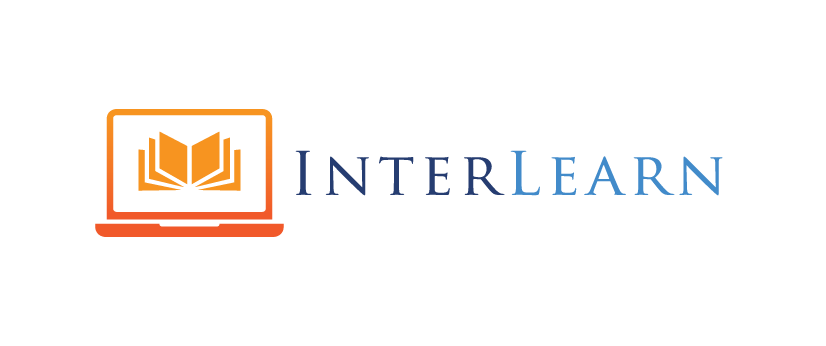If you’re not familiar with the theoretical construct, Student-Centered Learning (SCL) puts the learner as the focus and owner of their education. For the teacher/faculty member, the role of education leader is no less important. Theirs is still to lead and guide the students (perhaps drag sometimes) to the Truth that is being delivered. However, the goal is to make it the student’s education, not the teacher’s. The nuances of the approach make the course not about the hoops the student must jump through based on the whims of the teacher, but the means that a faculty member uses to help the student gain the ground in understanding the material. Traditional programs of study in higher education (for 18-24 year-olds) is very often Teacher-Centered. Adult and online programs, usually designed for adults, is more often designed with a student-centered approach to teaching and learning.
I was recently reminded of just how important Student-Centered Learning (and Teaching) is. My oldest daughter completed a dual degree program through Liberty University Online Academy that allowed her to complete her junior and senior year in high school while at the same time complete an associate’s degree through Liberty University using LUs Associates in General Studies program. She really enjoyed the program: its structure, method of delivery, theoretical basis, etc. However, last fall, she started a program in petroleum engineering at a college known for that program. She has struggled with their programming in large part because of the lack of Student-Centered Teaching. There is not the focus on making sure students are gaining the ground in the material. It is the old Ivory Tower mentality. In one case, when asking for direction on the material, the instructor actually responded to my daughter, “well if you don’t understand what I want in the assignment, don’t bother doing it.”
Thanks for spending our tuition dollars helping my daughter “learn.” If I would have had your attitude during my teaching career, it would have been so much easier. #sarcasm
As educators, we should hope that our students stand on our shoulders to reach where we haven’t. However, we may not ever understand where they are going or the call that they have on their lives. That is all the more reason that we as educators must make our students the center of our teaching and teach them to be the owners of their learning. God will call them to something to which our material must be molded in order for the best development. If we don’t insist on preparing them for their specific call/life path, we do them a disservice.
For further reading on Student-Centered Learning (viewed from various angles), consider the following sources (in order of recommendation). If they are no longer available at the sites provided, please contact me:
Wright, G.B. (2011). “Student-centered learning in higher education.” Retrieved January 21, 2016 from http://files.eric.ed.gov/fulltext/EJ938583.pdf
Hsu, A. & Malkin, F. (2011). “Shifting the focus from teaching to learning: Rethinking the role of the teacher educator.” Retrieved January 21, 2016 from http://files.eric.ed.gov/fulltext/EJ1072759.pdf
Bose, J. & Rengel, Z. (2009). “A model formative assessment strategy to promote student-centered self-regulated learning in higher education.” Retrieved January 21, 2016 from http://files.eric.ed.gov/fulltext/ED511170.pdf

Comments are closed